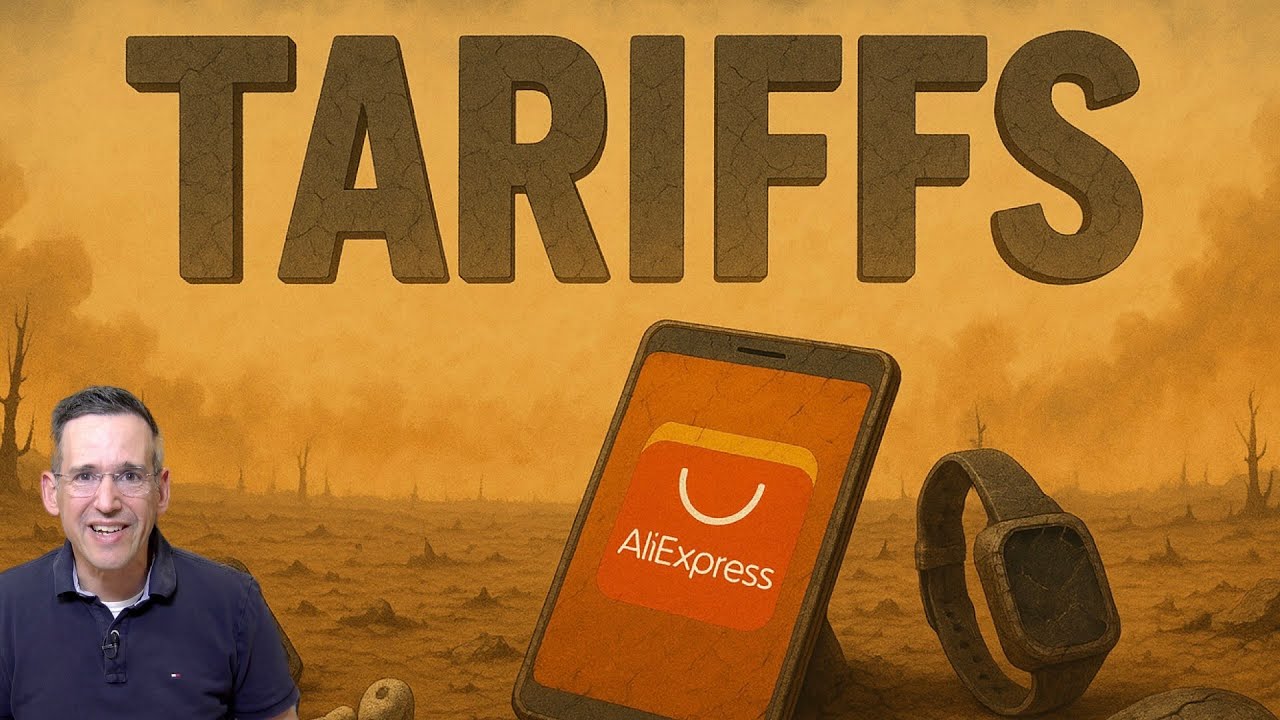What is a buyer refund process?
Understanding the buyer refund process is essential for anyone who shops online or engages in retail purchases. Whether you’re a seasoned shopper or new to the world of e-commerce, knowing the ins and outs of refunds can save you time and hassle, allowing you to feel more secure in your buying decisions. This article will delve into what a buyer refund process entails, outlining the steps involved, key terms you need to know, potential challenges, and tips for ensuring a smooth refund experience. Let’s explore this crucial aspect of the shopping experience.
What is a Buyer Refund Process?
The buyer refund process refers to the series of steps a consumer goes through when returning a purchased item and requesting their money back. This process can vary significantly from one retailer to another, depending on their policies, the nature of the product, and the reasons for the return.
In the broadest sense, the refund process involves the following key steps:
- Initiating the refund request.
- Returning the item.
- Processing the return by the seller.
- Issuing the refund to the buyer.
Each of these steps can involve various sub-steps and considerations, which we will discuss in more detail below. Understanding each step is vital for a smooth transaction and timely resolution.
Steps in the Buyer Refund Process
1. Initiating the Refund Request
The first step in the buyer refund process is to initiate a refund request. Most retailers provide multiple channels for customers to start this process, including:
- Online customer service portals
- Contacting customer support via phone or email
- In-person visits to retail locations
When initiating a refund, be prepared to provide key information such as:
- Your order number
- The reason for the return
- The condition of the product
It’s essential to check the retailer’s return policy before initiating a refund request, as some items may have specific guidelines or limitations regarding returns.
2. Returning the Item
After your refund request is acknowledged, the next step is returning the item. Different retailers have different return processes, which can include:
- Shipping the item back to the seller.
- Returning the item in-person to a designated location.
- Using a prepaid shipping label, if provided.
When returning an item, consider the following:
- Ensure the original packaging is intact.
- Include any accessories, manuals, or warranties that came with the product.
- Keep a receipt or proof of shipping when you mail the item back, in case you need to confirm the return.
3. Processing the Return by the Seller
Once the returned item is received by the seller, they will process the return based on their internal policies. This can take anywhere from a few days to several weeks, depending on the retailer’s operational capabilities and volume of returns.
During this phase, the seller will:
- Inspect the returned item to ensure it meets the return policy criteria.
- Update their inventory to reflect the returned item.
- Determine if any deductions need to be made (e.g., restocking fees for items returned in used condition).
4. Issuing the Refund
After processing the return, the final step involves issuing the refund. Most retailers will refund the amount to the original payment method you used for the purchase. The time frame for refunds can vary, so here’s what you need to know:
- Refunds typically take 3-5 business days to appear in your account, but this can depend on your financial institution.
- Some retailers may offer store credit as an alternative to refunds.
- Be aware that you may not receive a full refund if the item was damaged or used.
Key Terms in the Buyer Refund Process
Understanding the terminology associated with the buyer refund process is essential for effective communication and navigation through the process. Here are some important terms you should know:
- Return Policy: Guidelines set by a retailer detailing how returns and refunds will be handled.
- Restocking Fee: A fee charged by some retailers for processing a returned item, usually applied to electronics or other high-value goods.
- Exchange: The process of returning one item and getting another item in its place, rather than a refund.
- Proof of Purchase: Documentation proving that a purchase was made, such as a receipt or order confirmation.
Challenges in the Buyer Refund Process
While most buyers will encounter a straightforward refund process, there can be challenges. Here are some common issues that may arise:
- Delayed Refunds: Sometimes, the refund process may take longer than expected, leading to frustration.
- Refund Denials: Items returned that do not meet the store’s return policy may be denied for a refund.
- Communication Difficulties: Some customers may find it challenging to reach customer service or get clear answers regarding their refund status.
- Shipping Costs: Depending on the retailer’s policies, customers may be responsible for return shipping costs, which can affect their total refund amount.
Tips for a Smooth Buyer Refund Process
To ensure a hassle-free buyer refund experience, consider the following tips:
- Keep all receipts and digital confirmations: Having documentation readily available can expedite the refund process.
- Familiarize yourself with the merchant’s return policy: Understanding the specific guidelines can help you avoid common pitfalls.
- Act quickly: Many retailers have time limits on returns, usually ranging from 14 to 30 days after the purchase. Ensure you start the process as soon as you’re aware of the need for a return.
- Use authorized return methods: Follow the retailer’s instructions carefully to maintain eligibility for a full refund.
By following these recommendations, buyers can navigate the refund process more effectively, leading to a better shopping experience overall.
The Importance of Understanding Refund Processes
Being informed about the buyer refund process not only prepares you for any potential returns but also builds your confidence as a consumer. Knowing the steps and protocols can reduce anxiety and promote better decision-making when purchasing.
Every retailer has its unique purchasers and return policies, but staying informed and proactive is the key to protecting your interests and ensuring that your shopping experience is as enjoyable as possible.
Conclusion
In conclusion, the buyer refund process is a vital aspect of shopping that consumers should be well-acquainted with. By understanding the steps involved and the terminology associated, shoppers can make informed decisions and navigate the inevitable hurdles that may arise. Equipped with this knowledge, you can enjoy a worry-free shopping experience, knowing that if something goes wrong, you can successfully manage a return and receive your money back.

The buyer refund process is an essential element of a positive purchasing experience. It ensures that customers can return products they are unsatisfied with and receive their money back in a timely manner. The process typically involves a few straightforward steps: initiating a return request, providing necessary information, and awaiting approval from the seller. By understanding this process, buyers can shop confidently, knowing that they have recourse should a product not meet their expectations. This reassurance not only enhances customer satisfaction but also encourages more purchases, as buyers feel secure in their buying decisions.
FAQ
What is the first step in the buyer refund process?
The first step in the buyer refund process is to initiate a return request. This usually involves contacting the seller or using the platform’s interface to indicate that you wish to return an item. Be prepared to provide specific information about your purchase, such as order number and reason for the return.
Do I need to provide a reason for returning the product?
Yes, most sellers require a reason for the return. This can include reasons such as the item being defective, not as described, or simply not meeting your expectations. Providing a clear reason helps facilitate the refund process.
How long does it take to process a refund?
The processing time for a refund can vary depending on the seller’s policies. Typically, refunds are processed within a few business days after the seller receives the returned item. However, it may take additional time for the funds to reflect in your account.
Are there any fees associated with the refund process?
Some sellers may charge a restocking fee or require you to pay for return shipping. It’s essential to review the seller’s return policy before making a purchase to understand any potential costs associated with returning a product.
Can I return a product if I bought it on sale?
In most cases, products purchased on sale can still be returned, but it largely depends on the seller’s return policy. Always check the specific terms of sale, as certain promotions may have unique conditions regarding returns and refunds.
Conclusion
The buyer refund process is designed to protect consumers and ensure satisfaction with their purchases. By understanding each stage, from initiating a return to receiving a refund, buyers can make informed decisions and feel secure in their shopping experiences. Knowing that you have easy access to refunds can lead to increased confidence in purchasing products, ultimately benefiting both consumers and sellers alike. Don’t hesitate to take advantage of these processes if needed; they are established to enhance your overall shopping experience.



